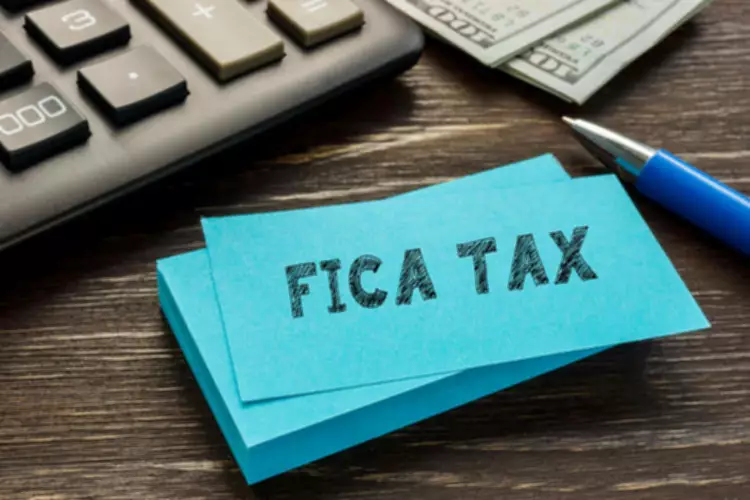Content

Your balance sheet is healthy and so is the state of your business. List these in the right-hand column of your balance sheet, ensuring that they are ordered from current to non-current. Similarly to assets, these are also split into short-term and long-term . Current assets are cash and other assets that are expected to be converted into cash within the next year. Similarly, what a shareholder owns in a business is called their equity.
- Prepaid expenses represent the value that has already been paid for, such as insurance, advertising contracts, or rent.
- Thus, by calculating the Debt-Equity ratio, they can know if extending additional loans to your business would be safe or risky.
- Double check that all of your entries are, in fact, correct and accurate.
- Under IFRS items are always shown based on liquidity from the least liquid assets at the top, usually land and buildings to the most liquid, i.e. cash.
- Likewise, record liabilities in the column adjoining the amount column of the assets.
- Investors can use it to determine how a business is funded and structured.
Fund balance is essentially the difference between assets and liabilities. In general, it is the balance remaining after the assets have been used to satisfy the outstanding liabilities. Very little activity occurs directly within the fund balance accounts and https://www.bookstime.com/ is comprised of the prior existing fund balance and the period’s net income. Different than other parts of the balance sheet, no activity occurs within each fund balance classification and is primarily comprised of income statement activity and any transfers.
Assets
Balance sheet account names and usage depend on the organization’s country and the type of organization. Government organizations do not generally follow standards established for individuals or businesses. Inventory includes all raw materials, work in process, and finished goods items, less an obsolescence reserve. With this information in mind, let’s go over the step-by-step balance sheet process of creating a balance sheet. As you can see, the report form is more conducive to reporting an additional column of amounts. The comparative balance sheet presents multiple columns of amounts, and as a result, the heading will be Balance Sheets. The additional column allows the reader to see how the most recent amounts have changed from an earlier date.
- It is categorized as current liabilities on the balance sheet and must be satisfied within an accounting period.
- Some of these include prepaid rent, advance salary and prepaid insurance.
- Accounts receivable refer to money that customers owe the company.
- The assets should always equal the liabilities and shareholder equity.
- Your balance sheet shows what your business owns , what it owes , and what money is left over for the owners (owner’s equity).
- Please refer to the Payment & Financial Aid page for further information.
The balance sheet equation follows the accounting equation, where assets are on one side, liabilities and shareholder’s equity are on the other side, and both sides balance out. Guidelines for balance sheets of public business entities are given by the International Accounting Standards Board and numerous country-specific organizations/companies. The Federal Accounting Standards Advisory Board is a United States federal advisory committee whose mission is to develop generally accepted accounting principles for federal financial reporting entities. This statement is a great way to analyze a company’s financial position. An analyst can generally use the balance sheet to calculate a lot of financial ratios that help determine how well a company is performing, how liquid or solvent a company is, and how efficient it is. A bank statement is often used by parties outside of a company to gauge the company’s health. Public companies, on the other hand, are required to obtain external audits by public accountants, and must also ensure that their books are kept to a much higher standard.
Current Assets on the Balance Sheet
However, their claims are discharged before the shares of common stockholders at the time of liquidation. Long-term liabilities include Long term debt and bonds issued by companies. Long-term debt can be taken from many sources such as banks, and will have a different interest and repayment structure. Bonds are the longer-term debt such as 30 years, in which the firm issues the bond to lenders and then makes coupon payment each period as stated in the bond structure. At the time of maturity, lenders get the last coupon payment and a face amount of bond. Accrued ExpensesAn accrued expense is the expenses which is incurred by the company over one accounting period but not paid in the same accounting period.
This is because the claims of both the creditors as well as the owners against your business entity must equate to the amount that you have invested in various business assets. For instance, you as a business entity can know how much your business has grown over a given period of time. On the other hand, liabilities are the amounts that your business entity owes to external stakeholders like banks, creditors, etc. And Owner’s Equity is nothing but the capital that belongs to you as an owner.
Equity / capital
Data are based on the System of National Accounts for all countries. Balance Sheets are also most prone to accounting adjustment , so we should also read the footnotes carefully in company reports to find out how the numbers are put in the accounts. Additional Paid-in CapitalAdditional paid-in capital or capital surplus is the company’s excess amount received over and above the par value of shares from the investors during an IPO. It is the profit a company gets when it issues the stock for the first time in the open market. Inventories are assets that a business owner will sell in the future. Current LiabilitiesCurrent Liabilities are the payables which are likely to settled within twelve months of reporting.
- A balance sheet is a financial statement that contains details of a company’s assets or liabilities at a specific point in time.
- Balance sheets are typically used to track earnings and spending but can also show the profitability of a business to those interested in buying shares.
- Similarly, liabilities are also shown without making any classification.
- Current portion of long-term debt is the portion of a long-term debt due within the next 12 months.
- A balance sheet can allow you to make more informed decisions, which helps sustain and grow the business.
The balance sheet also helps obtain important ratios regarding liquidity, the profitability of a business, and its solvency. The assets available to the company on a particular date are arranged based on their liquidity. The values of these assets are summed up and labeled as total assets.
Owner’s Equity/ Earnings
Balance sheets can be created with ease, even if you’re not an accounting professional. The U.S. Small Business Administration offers a free 30-minute Introduction to Accounting course.
